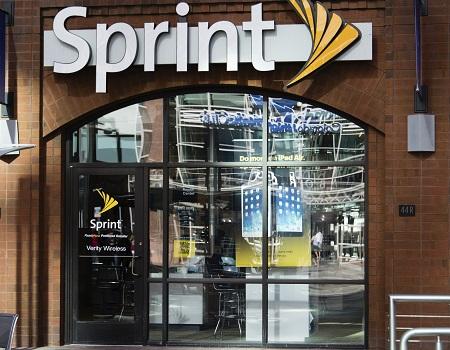Sprint joins other major carriers in setting lower priority levels for heavy users.


Net Neutrality: 4 Legal Challenges To Consider
Net Neutrality: 4 Legal Challenges To Consider (Click image for larger view and slideshow.)
Sprint announced on Oct. 16 that it will dynamically cap its unlimited data plan for new users at 23GB of data. But when the details of this latest plan are examined, they're not as bad as they seem at first glance.
The prioritization capping will be used only for cell tower sites that are congested and will be done in real-time. This capping does not limit the total data users can use, but only puts their place in the data stream lower than other users at a constrained cell site.
"For these customers [coming onto the unlimited plan after Oct. 16], if they use more than 23GB of data during a billing cycle, they will be prioritized on the network below other customers for the remainder of their billing cycle, only in times and locations where the network is constrained. (These customers will still be able to use unlimited amounts of data without the worry of overage charges.)," Sprint Chief Technology Officer John Saw wrote in a blog post.
Throttling of heavy users has been a carrier practice in the past, and drew many consumer complaints to the FCC.
For example, AT&T established low limits (either 3GB per month or 5GB per month, depending on the phone, according to digital rights group Public Knowledge) and then would throttle back to 128 Kbps speeds, no matter what part of the network was used.
However, the carriers have changed the practices in response to outcries from users and consumer groups.
AT&T now throttles after 22GB on its "unlimited" plan.
As of Oct. 1, Verizon began to throttle its month-to-month paying 4G LTE unlimited plan customers if they are in a congested area and if they are in the top 5% of all Verizon users. You may hit this level if you use 5GB or more a month.
T-Mobile's policy is that, "Unlimited high-speed data customers who use more than 23GB of data during a billing cycle will be de-prioritized for the remainder of the billing cycle in times and at locations where there are competing customer demands for network resources," according to the company's site.
Under Sprint's new policy heavy users are not branded as such forever, since the user status is reset at the end of the billing cycle. Thus, the prioritization cap only happens after a user goes over 23GB in data usage in the billing cycle.
As Saw puts it, "It's important to note that this QoS [Quality of Service] technique operates in real-time and only applies if a cell site is constrained. Prioritization is applied or removed every 20 milliseconds. And performance for the affected customer returns to normal as soon as traffic on the cell site also returns to normal, or the customer moves to a non-constrained site."
Sprint says 3% of its customers are using "overwhelmingly disproportionate network resources" and impacting the other 97% of users.
[Read about the race toward single-number service between AT&T, T-Mobile, and Sprint.]
"With 23GB of data you can send 6,000 emails with attachments, and view 1,500 web pages, and post 600 photos, and stream 60 hours of music, and stream 50 hours of video each and every month," Saw wrote, adding that amount of data is more than most customers ever use in a typical billing cycle.
Sprint's move may actually be a reasonable response to a problem that any carrier with limited resources faces. The three-percenters want their data, but the other 97% of users don't want an increase in the latency times for getting theirs.
There is just so much data that a cell site can process at one time. Giving the heavy users a lower priority in the stream allows everyone to get some of the data they want with only a performance penalty for the heaviest users.
However, this shift may carry other consequences. Some heavy users may be "hot-spotting" the bandwidth they access for other devices or users to pick up their Internet connection. By downgrading data performance, Sprint can dampen this kind of thing by making it less attractive in quality.
About the Author(s)
You May Also Like







